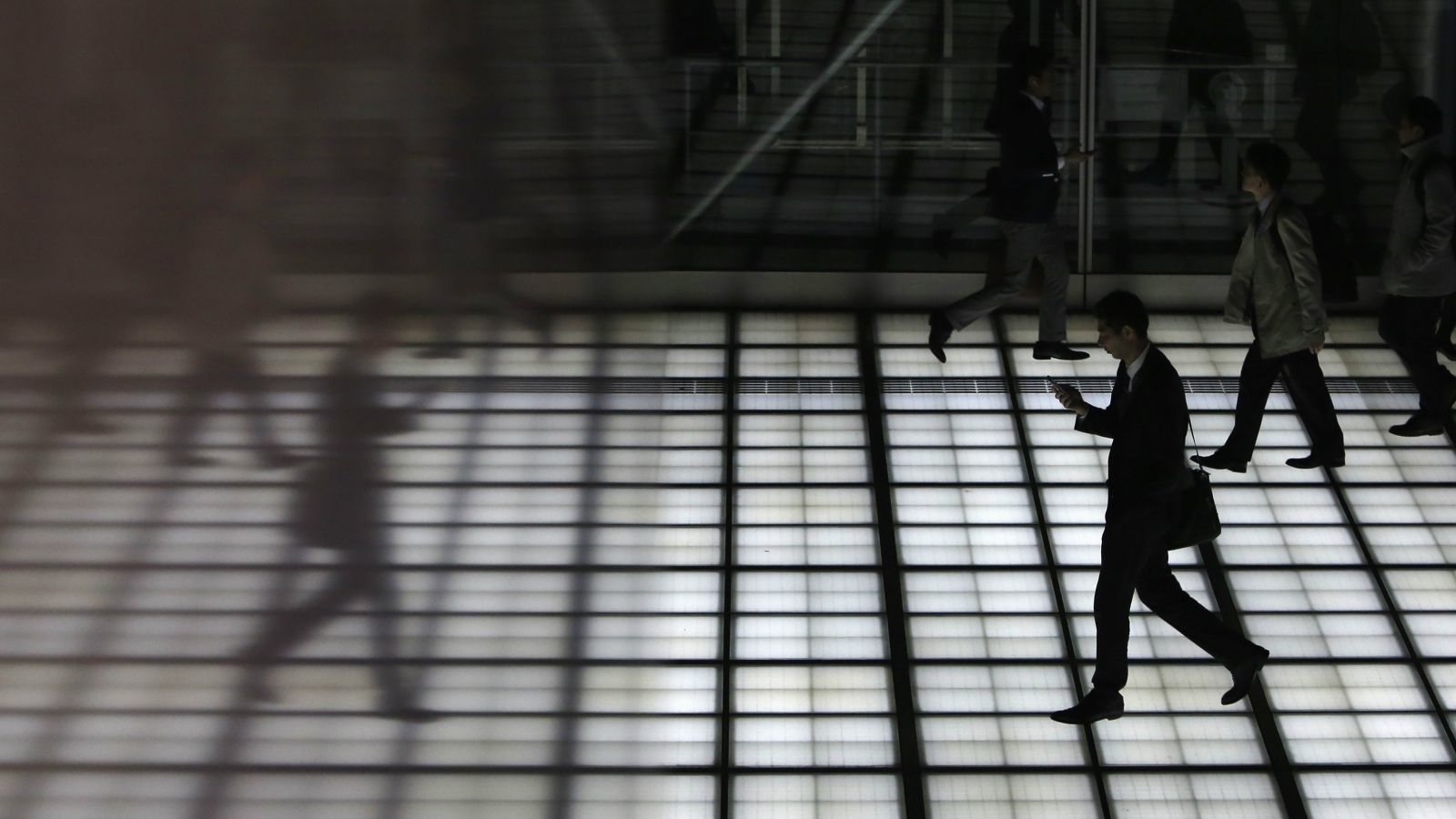Neuroscientists warn: multitasking depletes the energy reserves of your brain

Permanent phone check reduces performance
And here again - everyday morning bustle: check email, view Facebook, quickly drink a cup of coffee, google, heading to the train, one last idea, check notifications, still coffee, scroll through working email ... - phew! Countless cases overwhelm your morning, and the constant switching between them seems to tire you noticeably.
When we try to do several things at the same time, we don’t actually do more than one thing at once, but simply quickly switch between them. And such a switch is draining. It consumes oxygenated glucose in the brain, consuming the same fuel that is required to concentrate on the task.
“Switching in itself requires biological energy, which makes us feel tired much faster than if we were doing only one thing,” says Daniel Levitin, professor, behavioral neurology specialist at McGill University (Montreal, Canada) . “People eat more, consume more caffeine.” Often, in fact, at this moment you do not need caffeine, but simply a break from work. If you do not take regular breaks every couple of hours, your brain will not get anything useful from this extra cup of coffee. ”
')
Studies have shown that those who take 15-minute breaks every couple of hours work, ultimately, more productively, Levitin says. But these breaks should allow for a significant distraction from work — walking, watching out of the window, listening to music or reading. “Everyone uses their own way. But surfing on Facebook is not what it takes, ”he continues. Social networks simply generate more fragmented attention, because there is a jump from one to another.
Gloria Mark, a professor of computer science at the University of California, Irvine, says that if you interrupt a person, it usually takes 23 minutes and 15 seconds to return to her work; most people will solve two intermediate tasks before returning to the original project. Such a switch leads to an accumulation of stress, says Gloria, and therefore it is not surprising that people with a high level of neuroticism, impulsivity and susceptibility to stress tend to switch from task to task, usually more than others.
Hal Pashler, a professor of psychology at the University of California at San Diego, points out that not all multitasking attempts equally take away energy from a person. If you do something “on autopilot” (for example, a wash), then it makes complete sense to read a book at the same time. But an attempt to do simultaneously two tasks that require effort, will lead to a drop in productivity. “It’s impossible to solve in parallel two responsible — even simple — tasks,” he adds.
But, despite the disadvantages of multitasking, we juggle a growing list of actions, as the network throws more and more distracting news.
Mark assumes that we are learning to increasingly control social networks and email. She explains:
“When checking mail, good things happen from time to time - some important letter arrives. By the time this happens by accident. In psychology, this phenomenon is called “random reinforcement,” and it is enough to reinforce the behavior in question. ”
Random behavior is incredibly difficult to fight. The study of Gloria Mark showed that if a person is often interrupted, he often develops a reduction in the attention span, and he begins to interrupt himself .
The solution is to abandon multitasking and allocate special time intervals for each individual task. So, first of all check your email only in the morning, and then again - only at noon or take only 10 minutes a day for Tweeter.
Mark also believes that technology can help protect against its own distractions. For example, software interfaces may force users to take breaks every few hours. And when it comes to long-term projects, says Levitin, you need to spend on each of the tasks at once from 25 minutes to two hours. If you try to work in multitasking mode, but spend less than 25 minutes on a complex task, then “you leave when you’re barely warmed up”.
Source: https://habr.com/ru/post/396005/
All Articles